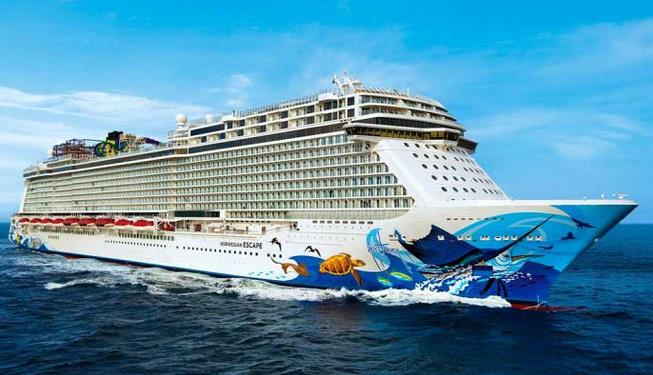The original meaning of cruise ships was to refer to large passenger ships with fixed routes and regular voyages on the ocean. The word ‘mail’ itself has a meaning of transportation, and in the past, cross ocean mail was always carried by this large express passenger ship, hence its name. With the emergence and development of the aviation industry, the original transoceanic cruise ships have basically withdrawn from the historical stage. The term ‘cruise ship’ now refers to a tourist ship sailing in the ocean.
Ancient cruise ships were one of the specialized means of transportation for postal services to transport mail, and they also transported passengers, but most cruise ships had a tourist nature. Due to the fact that in the early stages of postal services, intercontinental postal services relied on postal ships to transport letters and packages from one shore to the other, these British ships often had to fly the Royal Mail signal flag. After 1850, the Royal Mail of England allowed private shipping companies to assist them in carrying letters and packages in the form of contracts. This transformation has transformed some passenger ocean going ships that were originally only owned by passenger shipping companies into signal flag carrying ocean going postal ships. The term “ocean cruise” was born as a result.
Cruise ships have a history of over 100 years abroad. In the early 19th century, due to the immaturity of aircraft technology, some people began to board cruise ships and sail across the sea, leading to the development of cruise tourism; But the most important function of cruise ships is still to carry mail and immigrants. Since 1958, aircraft capable of flying across the Atlantic have been put into commercial operation, officially becoming a civilian transportation tool. Afterwards, passengers who pursued time and efficiency switched to airplanes, and the business of ocean going passenger ships became increasingly bleak. Gradually, passenger ships have transformed into cruise ships that now provide comfortable sea travel services for tourists with affluent lifestyles and ample leisure time.
At the beginning of the 19th century, although steam engines had already emerged, due to the reliance on the wheel for transmission, they lacked efficiency and could not keep up with sailboats. In 1818, the American Black Ball Steamship Company used its sailing team to establish a regular passenger ship route from England to the United States. In 1837, the Great Western steamship designed by renowned British engineer Brunel made its maiden voyage, crossing the Atlantic at a record breaking speed of 15 days, much shorter than the 2-month voyage of a sailboat. Early steam ships still had multiple sails installed to reduce fuel consumption.
Since the 1830s, ocean liners on the Atlantic route have informally competed with each other in terms of speed. This competition later evolved into a symbolic honor called the Blue Ribbon Award. Since 1897, Germany has won this honor six times in a row with a series of newly built ocean liners, including the William the Great steamer.
In 1840, Guanna Cruise Line started the route from Liverpool to Boston with its steam driven HMY Britannia. Although steam boats outperform sailboats in many aspects, sailboats are still invincible and extremely popular. Seven years later, the first propeller driven steam ship, the Great Britain steam ship, successfully sailed across the Atlantic Ocean.


